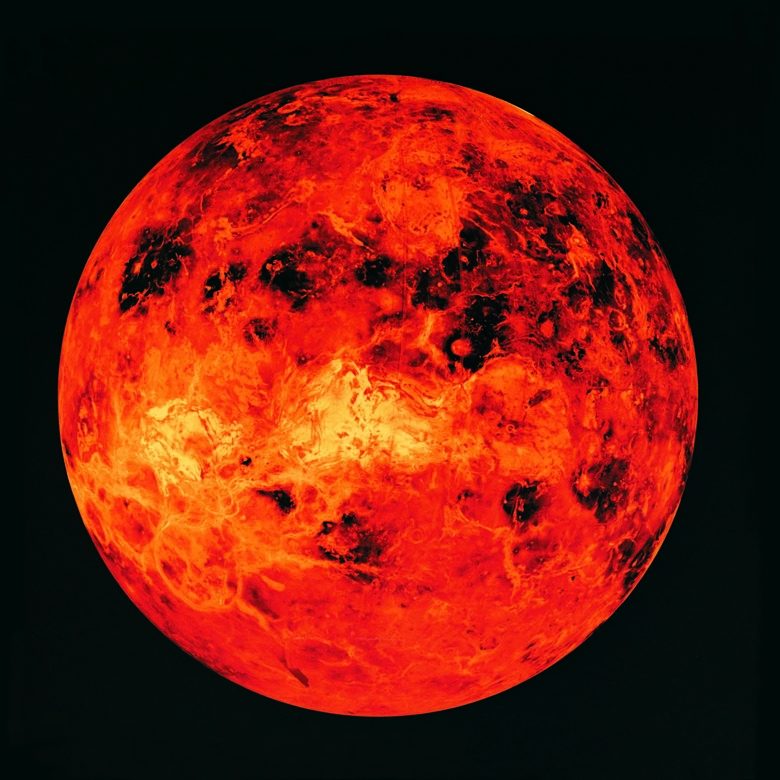Does Venus Have Valleys?
Traveling around the sun in neighboring orbits, Earth and Venus are similar in many ways. They have nearly identical diameters and are almost equal in mass. Even their surfaces appear similar, dotted by volcanoes and mountains with lowlands running between them. Yet while Venus does have valleys and other low-lying land features, researchers believe that those features formed differently on Venus than they did on Earth.
Core Similarities
Core Similarities
Another quality that Earth and Venus are thought to have in common is the internal structure below the surface. Research suggests that each planet consists of an external crust, a thick layer of rock beneath it called the mantle and a molten core at the center. Activity in the molten core has led to volcanoes erupting across the surfaces of both planets, although Venus, unlike Earth, has volcanoes distributed rather evenly across its entire surface.
Surface-Level Differences
Surface-Level Differences
Venus differs from Earth in two other ways important to consider when studying its surface. One difference is that Venus' surface lacks water. Because of the heat that Venus' carbon dioxide-rich atmosphere traps, astronomers believe that water on Venus evaporated long ago. Venus and Earth also differ in that Venus' crust is presumed to be one solid mass. Earth's crust, by comparison, is divided into sections call plates, and exploration has produced no evidence of plates on Venus.
Volcanic Rift Valleys
Volcanic Rift Valleys
The lack of plate activity on Venus has continued to generate interest in how its lowlands are formed. On Earth, a rift valley is created when two plates separate. Lava erupts between the plates and hardens into a ridge, but sometimes the ridge's center collapses, producing a valley. Because observers consider Venus' crust more pliable than Earth's, they suggest that rift valleys on Venus form when volcanic activity stretches elevated sections of its one solid crust apart.
Lava-Formed Channels
Lava-Formed Channels
Volcanic activity also carves grooves in Venus' surface — in the way water and ice would have carved on Earth. Flowing rivers often begin narrow valley paths, which glaciers once smoothed into round-bottomed valleys. Although Venus lacks water, lava flows appear to have generated channels across the planet, one as long as Earth's Nile River. Venus' surface is considered geologically young, resulting from 300 to 500 million years of activity, so these channels conceivably could become valleys in the future.
References
- Universe Today: Earth and Venus
- European Southern Observatory: The Topography, Geology and Planetary History of Venus
- NASA: Magellan: The Unveiling of Venus
- NASA: Discovery Sheds New Light on Wandering Continents
- University of Rochester: The Surface Features of Venus
- NASA: Astronomy Photo of the Day: A View from Venus: Rift Valley
- National Oceanic and Atmospheric Administration: Venus Topography
Cite This Article
MLA
Johnson, Sheila. "Does Venus Have Valleys?" sciencing.com, https://www.sciencing.com/venus-valleys-21696/. 24 April 2017.
APA
Johnson, Sheila. (2017, April 24). Does Venus Have Valleys?. sciencing.com. Retrieved from https://www.sciencing.com/venus-valleys-21696/
Chicago
Johnson, Sheila. Does Venus Have Valleys? last modified March 24, 2022. https://www.sciencing.com/venus-valleys-21696/
